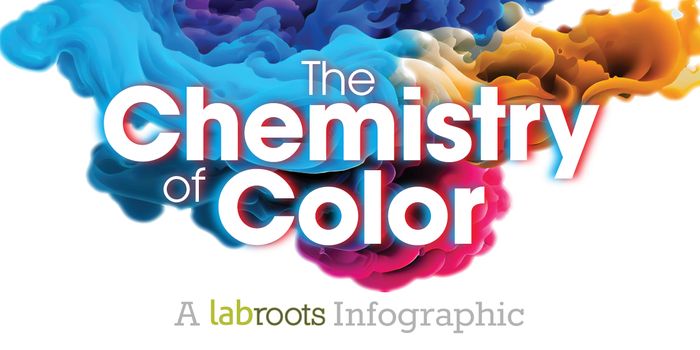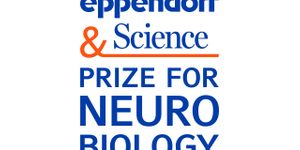A Chewing Gum That Could Reduce Transmission of SARS-CoV-2
The coronavirus pandemic continues to rage throughout the world. Despite widespread vaccine coverage in many developed areas of the world, there is still a severe lack of vaccine availability for many areas of the world. Earlier this year, it was noted that the it would take some time for vaccines to become available in more underdeveloped nations, despite promises from the world's richest nations, including the U.S. And as new strains of the virus continue to emerge, the race for both preventative and on-demand treatments to combat the virus are more pressing than ever.
Early in the pandemic, the best tool available to the public were mitigation techniques. Face mask and social distancing requirements, in addition to lockdowns, emerged early on as a way to slow the spread of the virus. And preventing the spread of the virus is far easier than trying to treat it, especially when cases get severe.
That’s why researchers at the University of Pennsylvania looked for ways to reduce the spread of the virus, and found an answer with an unlikely therapeutic tool: a chewing gum.
SARS-CoV-2 particles are known to replicate in the saliva, so when an infected person sneezes or coughs, droplets containing viral particles are expelled, allowing someone to inhale these particles and spread infection. That’s why masks and social distancing were implemented. The chewing gum offers an additional layer of protection.
As described in a recent paper in Molecular Therapy, the chewing gum neutralizes viral particles in the saliva. It does this using SARS-CoV-2’s mechanisms of binding to ACE2 receptors on human cells against the virus. The gum creates “dummy” or “decoy” receptors for the viral particles to bind to, effectively neutralizing the virus.
Tests in a laboratory setting using swab samples showed the gum was highly effective at neutralizing viral particles.
Sources: Medgadget; Molecular Therapy; Nature








